A tawa, whether used for making dosas, chapatis, or parathas, is an essential tool in every Indian kitchen. Over time, even the best-quality tawa can show signs of wear and tear, impacting its performance and, more importantly, the quality of your food. Knowing when to replace your old tawa is crucial for maintaining a seamless cooking experience and ensuring food safety. In 2025, with advancements in cookware materials and designs, recognizing these signs is easier than ever.
Table of Contents
Signs It’s Time to Replace Your Tawa
- Damaged Non-Stick Coating
-
What to Look For:
If your non-stick tawa has scratches, peeling, or flaking, it’s time to replace it. Damaged non-stick coatings can release toxic substances when heated, posing health risks. -
Why It Matters:
A smooth, intact surface ensures even cooking and easy food release. Scratched coatings lead to uneven heating and sticking, making cooking frustrating.
- Warping or Uneven Surface
-
What to Look For:
If your tawa has developed a warped or uneven surface, cooking becomes inconsistent. Roti edges may burn while the center remains uncooked, or dosas won’t spread evenly. -
Why It Matters:
A flat and even surface is essential for uniform heat distribution, ensuring that your food cooks properly.
- Rust or Corrosion on Cast Iron Tawas
-
What to Look For:
While small spots of rust on cast iron can be scrubbed and re-seasoned, extensive rust or deep corrosion can make the tawa unsafe to use. -
Why It Matters:
Rust can contaminate your food and weaken the structural integrity of the cookware.
- Persistent Sticking Issues
-
What to Look For:
If food sticks persistently despite proper seasoning or using oil, it may indicate that the tawa’s surface has degraded. -
Why It Matters:
Sticking not only ruins your dishes but also makes cleanup more difficult, reducing your overall cooking experience.
- Discoloration or Stains That Don’t Go Away
-
What to Look For:
Discoloration that remains even after cleaning and scrubbing indicates that the tawa’s material has deteriorated over time. -
Why It Matters:
Discolored or worn surfaces can affect the taste and safety of your food, particularly with certain materials like aluminum or hard anodized cookware.
- Unpleasant Odors
-
What to Look For:
If your tawa retains unpleasant odors from previous cooking sessions despite thorough cleaning, it’s a sign that the material has degraded. -
Why It Matters:
Lingering odors can transfer to new dishes, altering their taste and aroma.
- Excessive Wear on the Handle or Base
-
What to Look For:
Loose handles, cracked bases, or difficulty in maintaining balance indicate structural damage. -
Why It Matters:
Structural damage compromises safety during cooking and can lead to accidents.
How Long Should a Tawa Last?
- Non-Stick Tawas: Typically last 2–3 years with regular use and proper care. Replace sooner if the coating is damaged.
- Hard Anodized Tawas: Can last 5–10 years if maintained well. Replace if discoloration or structural damage occurs.
- Cast Iron Tawas: Practically indestructible with proper seasoning and care. Replace only if heavily rusted or cracked.
- Enameled Cast Iron Tawas: Can last decades, but replace if the enamel chips extensively or the base warps.
Why Upgrading in 2025 Is a Smart Choice
With advancements in tawa materials and coatings, 2025 offers a variety of options to enhance your cooking experience:
- Meyer Non-Stick Tawas: Feature advanced coatings that are PFOA-free, durable, and perfect for oil-free cooking.
- Meyer Hard Anodized Tawas: Lightweight yet tough, providing even heat distribution for perfectly cooked flatbreads.
- Meyer Pre-Seasoned Cast Iron Tawas: Ideal for traditional cooking, these tawas add a rustic flavor to your dosas and parathas.
- Meyer Enamel Cast Iron Tawas: A premium choice for modern kitchens, offering durability without the need for seasoning.
Conclusion
Recognizing the signs of wear and replacing your old tawa at the right time is essential for maintaining food quality, safety, and cooking efficiency. Whether it’s a warped surface, a peeling non-stick coating, or rust, a new tawa can elevate your cooking experience.
In 2025, consider upgrading to Meyer’s premium range of tawas, designed to meet diverse cooking needs with durability and innovation. Whether you love crispy dosas, fluffy parathas, or oil-free cooking, Meyer’s cookware ensures every dish is a delight. Don’t compromise—invest in a tawa that makes every meal memorable!


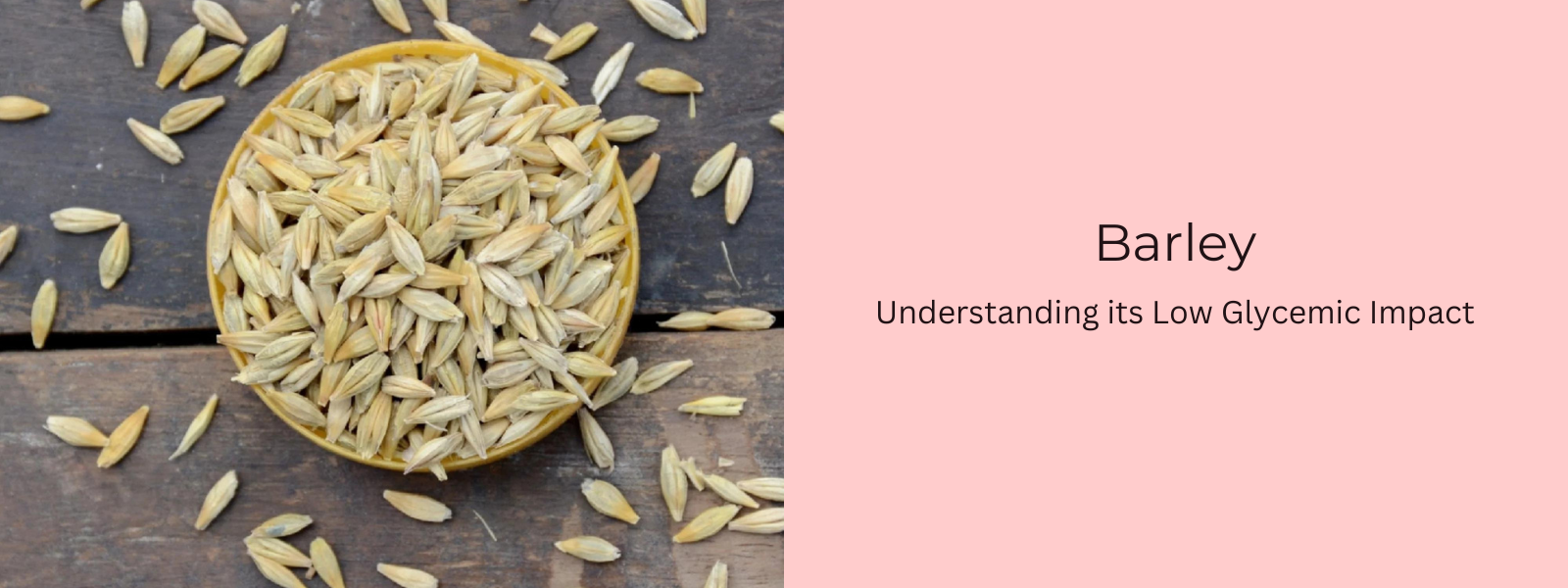
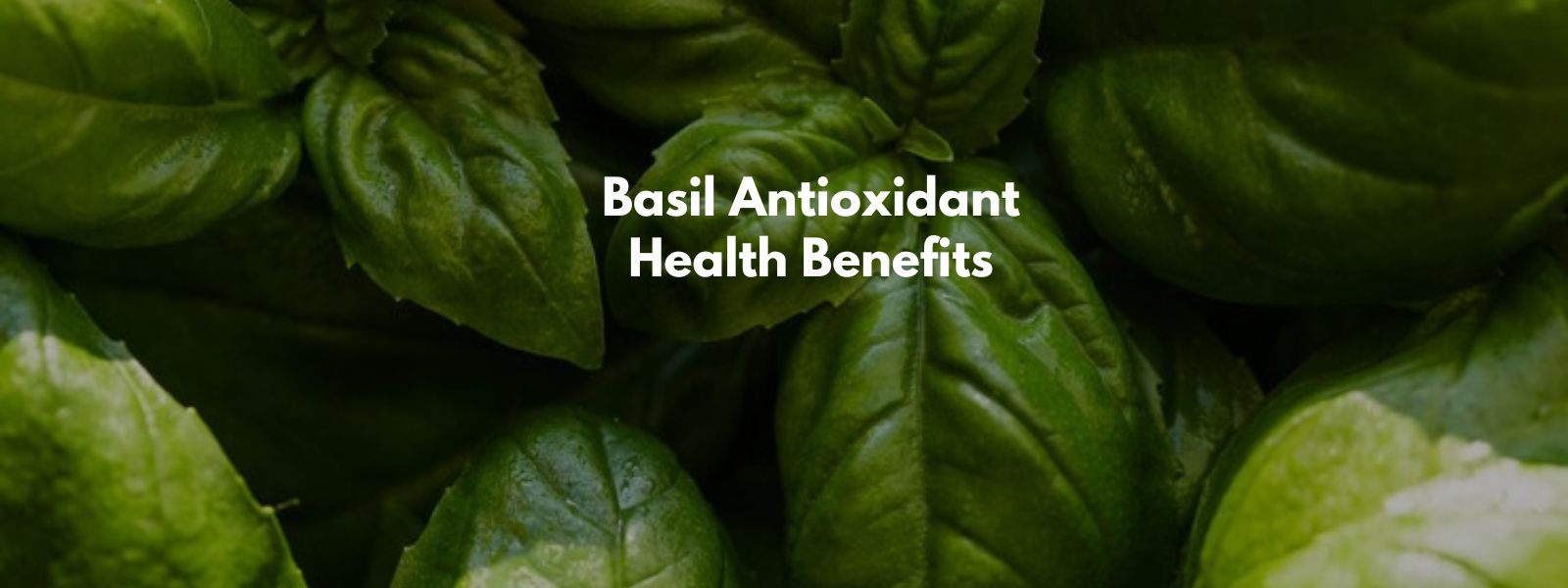
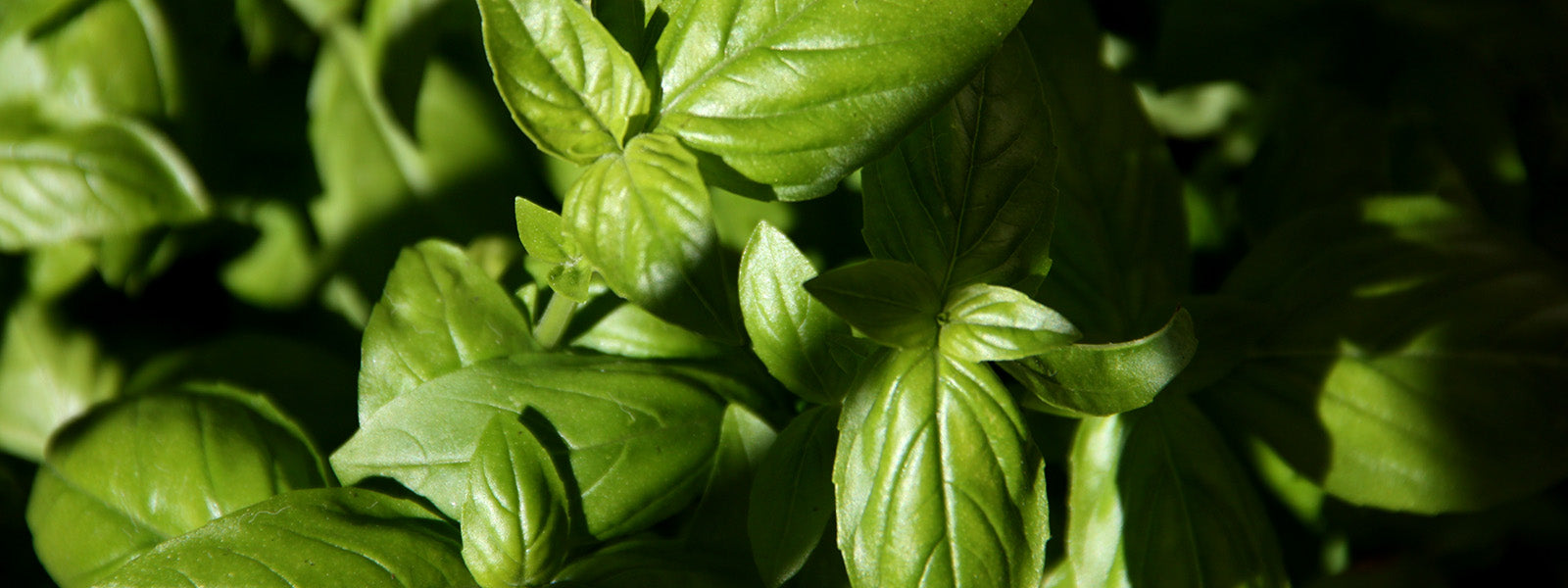
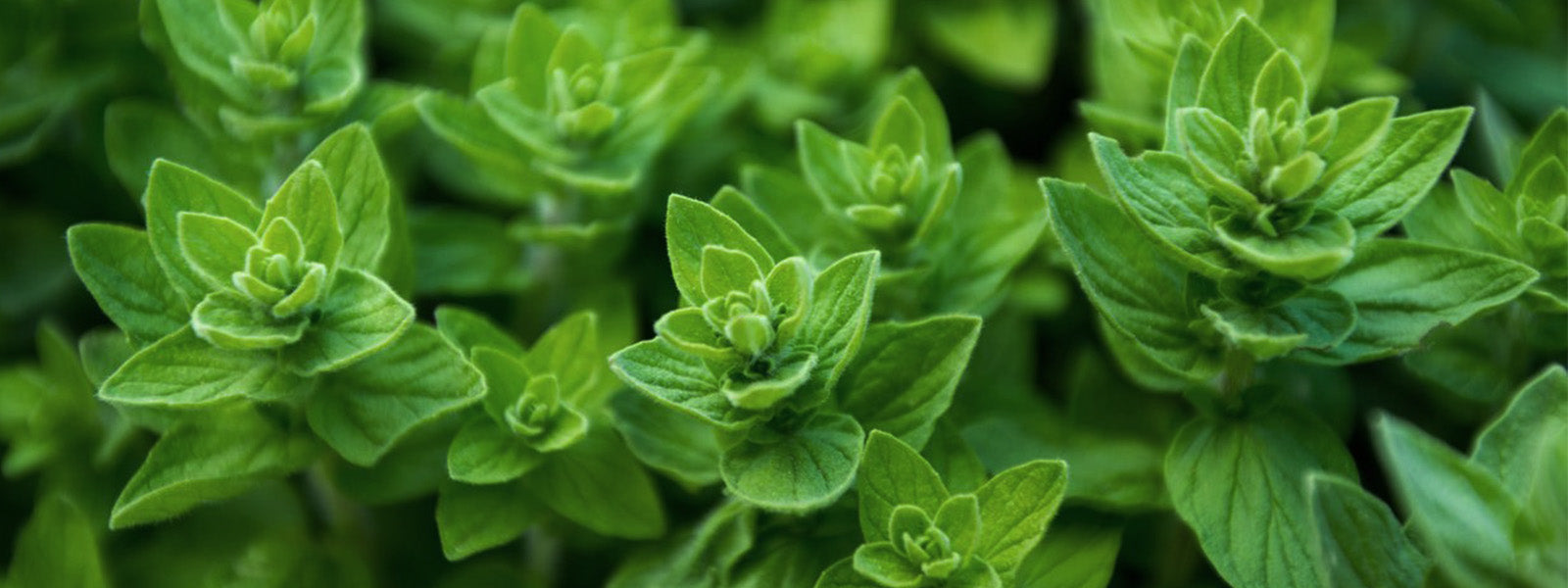
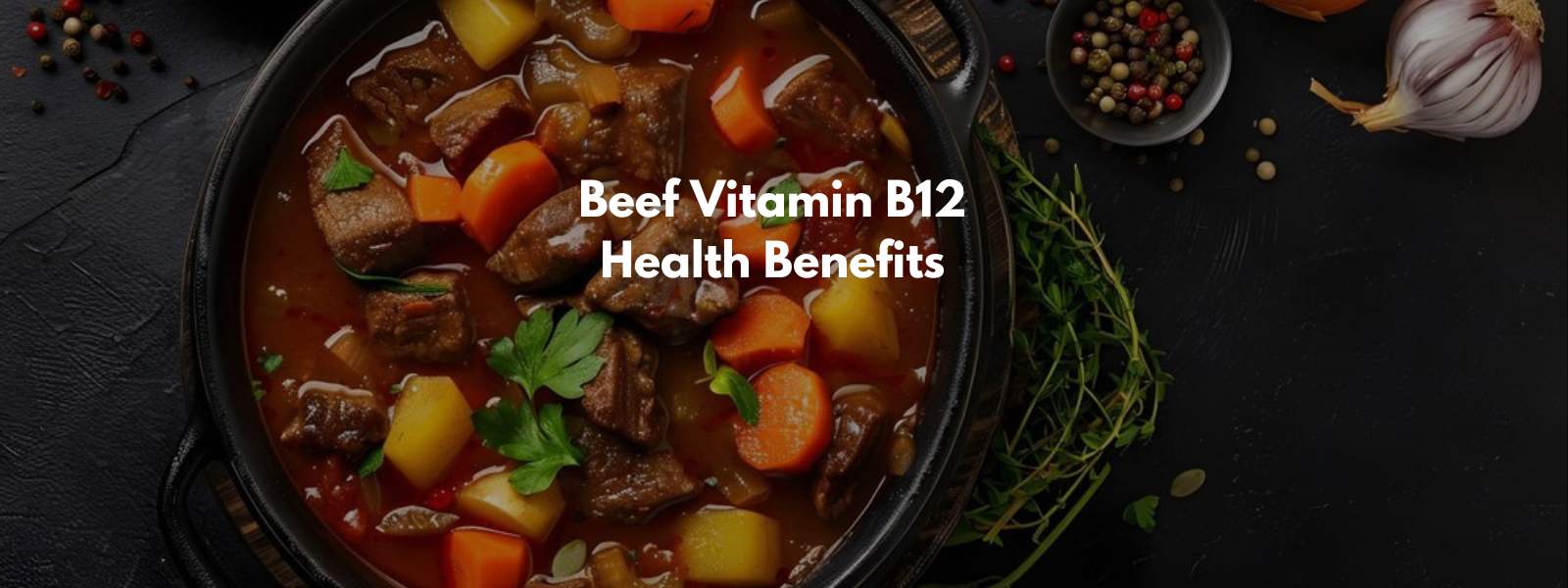
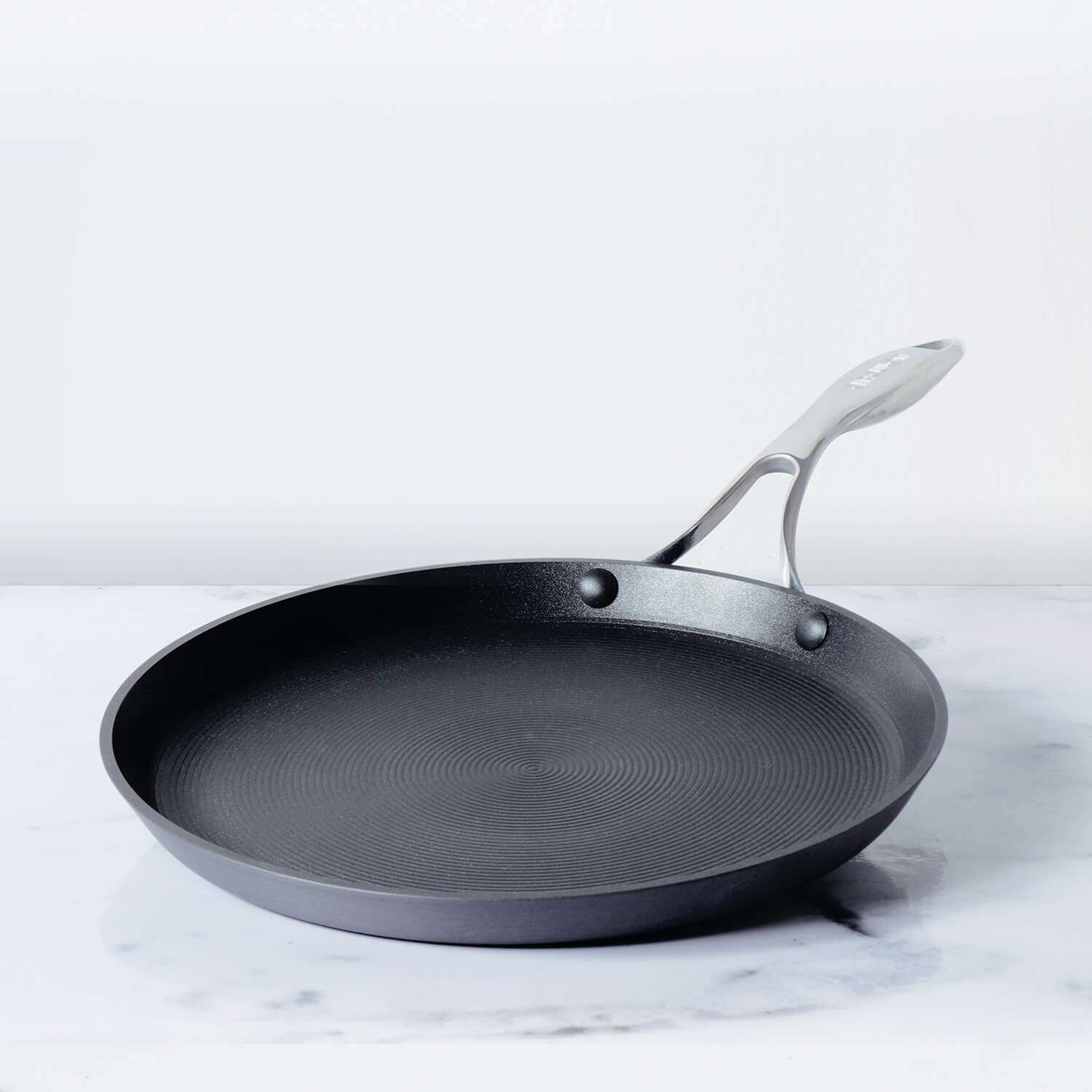
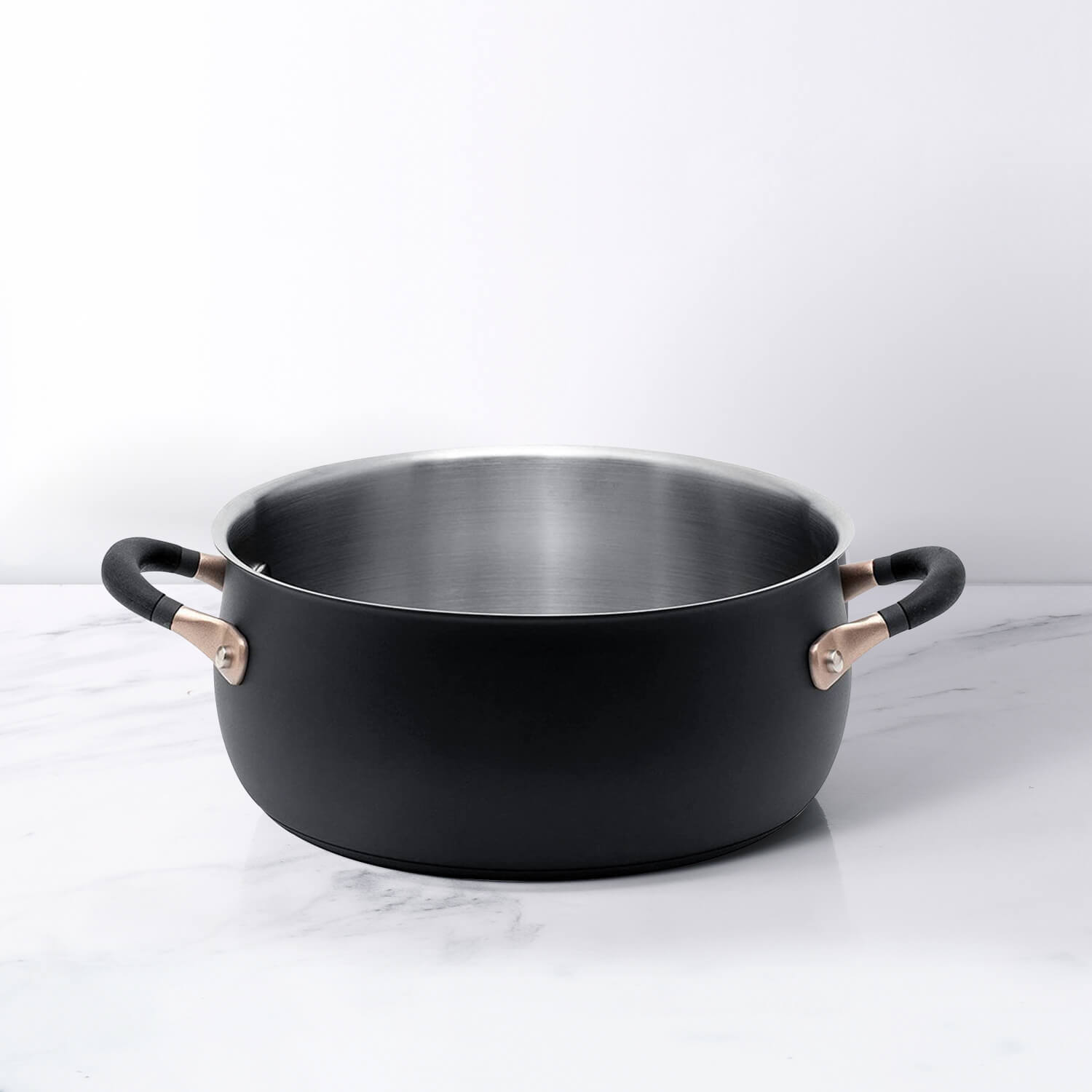




Leave a comment